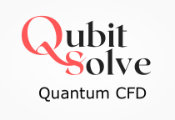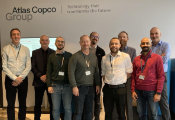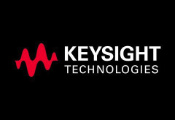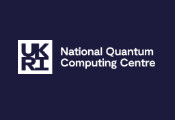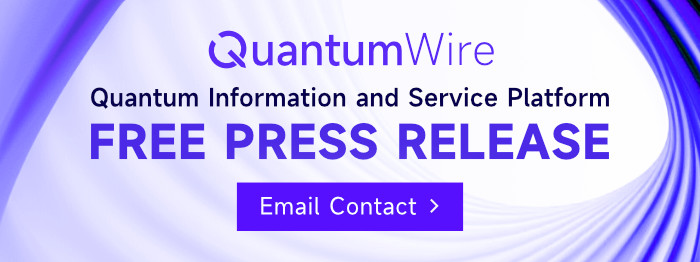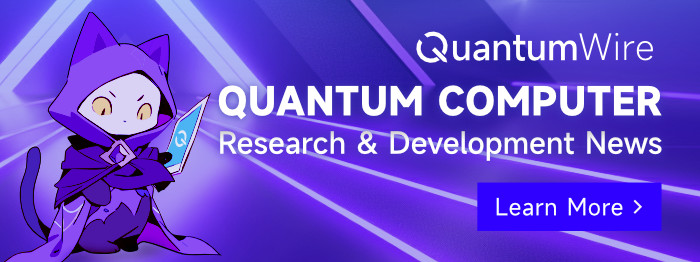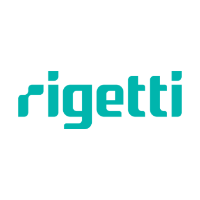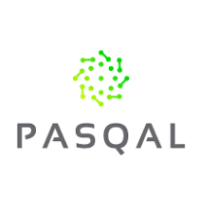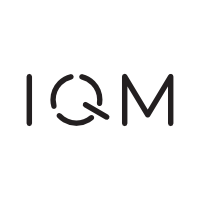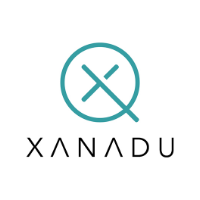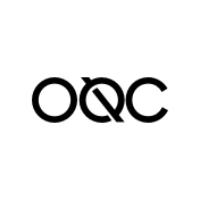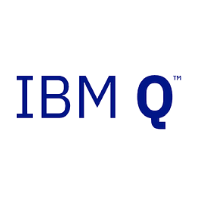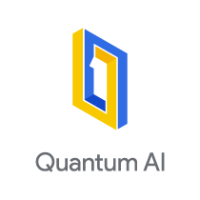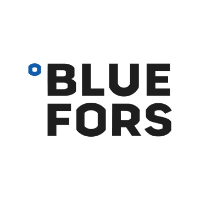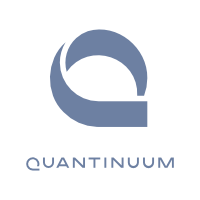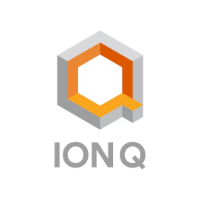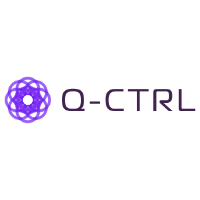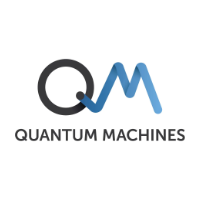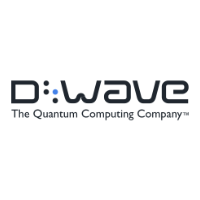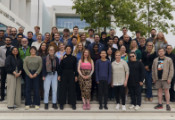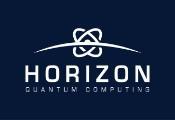Qoro Quantum and CESGA Pilot Integration of Quantum Workloads With HPC
May 06 2025 -- Qoro Quantum and the Galicia Supercomputing Center (CESGA) have completed a joint pilot project to explore scalable, distributed quantum circuit simulation using high-performance computing (HPC). The two-week collaboration demonstrated how Qoro’s orchestration and scheduling software, paired with CESGA’s CUNQA quantum emulator, can efficiently run large-scale quantum workloads across multiple computing nodes.
The project focused on executing parallelized versions of the Variational Quantum Eigensolver (VQE) and the Quantum Approximate Optimization Algorithm (QAOA), highlighting the potential for hybrid quantum-classical workflows in HPC environments.
One of the key takeaways from this pilot was how seamlessly CESGA and Qoro Quantum’s platforms integrated using common interfaces, allowing for smooth communication between Qoro’s application and scheduling system and CESGA’s QPU emulator CUNQA. By leveraging Qoro Quantum’s application software, Divi, for automated algorithm parallelization, and cloud infrastructure for scheduling and orchestration, researchers were able to automatically generate large-scale quantum workloads and distribute them efficiently across CESGA’s HPC resources.
This demonstrated an important step in structuring quantum workloads for scalable execution in distributed quantum computing environments in the near term.
Dr. Stephen DiAdamo, Co-Founder & CTO, Qoro, commented: “It was a very smooth collaboration, our systems integrated very well together and the end-to-end functionality worked exactly as expected. In one day of setup, we were able to run meaningful simulations on a complex distributed system. It opens up many new opportunities for exploring further developments for developing scalable and effective middleware for quantum computing.”
Integrating HPC with Quantum Computing
HPC systems are already essential for tackling some of the world’s most computationally intensive problems. As quantum computing matures, the expectation is that HPC and quantum systems will work together in hybrid architectures, where classical and quantum resources are orchestrated to solve problems more efficiently than either could alone.
Currently, quantum computing remains in its early stages, with most applications running on either simulated environments or small-scale physical quantum processors. This pilot project represents a crucial first step toward integrating quantum computing into large-scale HPC workflows by demonstrating how quantum circuits can be efficiently scheduled and executed across a distributed computing environment.
CESGA’s CUNQA framework plays a crucial role in this process, acting as an interface that allows the emulation of a distributed quantum infrastructure composed of several quantum nodes. This provides researchers and engineers with a testbed for developing distributed hybrid classical-quantum algorithms at scale, ensuring that as real QPUs become more powerful, they can be seamlessly integrated into existing HPC workflows.
By successfully integrating Qoro Quantum’s orchestration platform with CESGA’s HPC resources, this project has demonstrated how quantum workloads can be structured to eventually transition from simulation to execution on real hybrid quantum-HPC systems. As quantum computing hardware continues to advance, this type of integration will be key to unlocking its full potential.
Variation Quantum Eigensolver
The Variational Quantum Eigensolver (VQE) is a hybrid quantum-classical algorithm used to estimate the ground-state energy of quantum systems—a fundamental problem in quantum chemistry and materials science. VQE is well-suited to near-term quantum devices, using a parameterized quantum circuit (ansatz) to prepare quantum states and a classical optimizer to iteratively minimize the expected energy of the system.
In this use case, the researchers simulated the hydrogen molecule using two different ansätze, UCCSD and Hartree-Fock, over 20 bond lengths, in parallel across 10 nodes in CESGA’s HPC cluster. Divi was used to automate the parallelization of the problem, generating batched VQE circuits based on a range of bond lengths and ansatz parameters. Monte Carlo Optimization was applied to explore the parameter space efficiently, with Divi producing 6,000 circuits for evaluation. These were distributed automatically across the nodes and scheduled using Qoro’s orchestration software.
The circuits were executed using CESGA’s CUNQA simulation platform, which emulates quantum processing across the cluster. Upon completion, results were returned to Divi for aggregation and analysis. The full workload was simulated in just 0.51 seconds, demonstrating how distributed execution can accelerate VQE experiments at scale. Using only 15 lines of code from Divi, researchers enabled high-throughput comparison of quantum ansätze across multiple bond lengths—highlighting the potential of this approach for rapid exploration in quantum chemistry research.
Quantum Approximate Optimization Algorithm
The Quantum Approximate Optimization Algorithm (QAOA) is a powerful hybrid quantum-classical approach for tackling combinatorial optimization problems, such as Max-Cut. In Max-Cut, the objective is to divide the nodes of a graph into two groups while maximizing the number of edges between them — a problem with real-world relevance in areas like logistics, circuit design, and clustering. QAOA approximates solutions by applying alternating layers of parameterized quantum gates and classical optimization, making it suitable for current quantum hardware and efficient when run at scale.
In the collaboration, the researchers tested Max-Cut with QAOA on a 150-node graph partitioned into 15 clusters using Divi. Divi took in the problem structure and generated batches of parameterized circuits using Monte Carlo Optimization. These batches were distributed across 10 nodes in CESGA’s computing infrastructure, where CUNQA simulated the quantum circuits in parallel. Divi then collected the results and performed the final aggregation and analysis, enabling seamless end-to-end orchestration of a distributed QAOA workflow. Again, with less than 20 lines of code, the research team could generate these complex optimization problems.
The team tested two optimization settings: the first, with fewer samples, ran 2,850 circuits in 2.13 seconds, achieving a quantum-to-classical cut size ratio of 0.51; the second, with more samples, ran 21,375 circuits in 15.44 seconds, improving the ratio to 0.65. These results demonstrate that QAOA workloads can be scaled effectively across distributed computing environments, significantly accelerating exploration of parameter spaces and improving solution quality. This distributed execution model brings practical quantum optimization one step closer to integration into high-performance, real-world applications.
Outcomes and Next Steps
Through this pilot, the team successfully:
- Connected Qoro Quantum’s scheduling platform with CESGA’s distributed quantum computing emulator.
- Executed a complex quantum program across multiple nodes with CUNQA.
- Demonstrated automated large-scale workload generation for quantum programs.
- Identified key considerations for scaling distributed quantum workloads in HPC environments.
This collaboration is in its early stages, but the results clearly demonstrate the potential for further development of optimized quantum-classical hybrid workflows. Qoro looks forward to deeper engagement with CESGA and other HPC centers to refine this approach and contribute to the broader adoption of quantum computing in large-scale computational environments.

